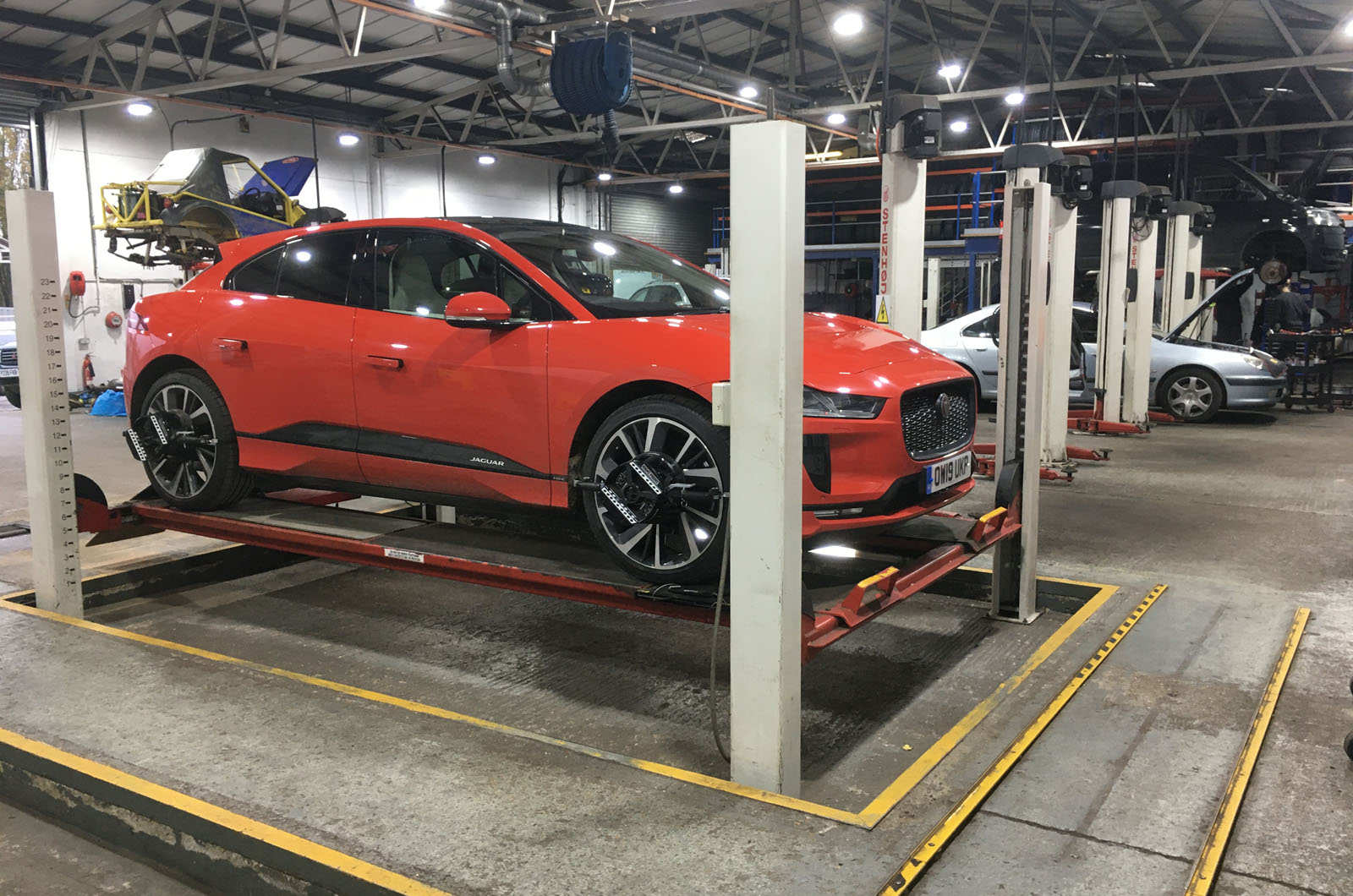Component firm Hella has released its financial figures for the first half of the financial year, revealing a significant drop in sales and earnings.
From 1 June to 30 November 2019, Hella recorded a decline of 3.2 percent in currency and portfolio sales, and 6.7 percent in reported consolidated sales – a drop it attributes to the sale of its wholesale arm in 2018.
The sales shortfall resulted in a loss of €39 million (£33 million) year-on-year, with pre-tax earnings posted at €257 million (£220 million). Hella said: “This substantial reduction is largely due to extraordinary income booked in the prior year from the sale of the wholesale business.”
READ: NEIL GRANT IS NEW MD AT HELLA
Another factor was a global reduction in new vehicle output. Hella sold 1.6 percent less products to vehicle manufacturers compared with the same period in 2019, but notes that it still “managed to outperform the broader market primarily based on strong demand for electronic products, particularly in energy management and sensors, and on strong business in the American market”.
The firm’s aftermarket division also suffered last year, with weakened demand in South West Europe and the Middle East contributing to a €13 million drop in reported sales. Sales to workshops were down as well, although the company considers this a result of especially strong sales in 2018, when a wave of new regulation was introduced.
Profitablity in the aftermarket was, however, improved, with cost optimisation strategies bringing pre-taxearnings up to €29 million from 2018’s €25 million. The operating profit margin was 9 percent, compared to 7.6 percent the year before.
READ: MAHLE AFTERMARKET ACQUIRES BEHR HELLA SERVICE
Commenting on the report, Hella CEO Dr Rolf Breidenbach predicted that recovery will be a long process. “The market environment remains very challenging. A strong, sustained recovery is not likely to emerge in 2020,” he said.
“However, we are still reaffirming our annual targets. We will vigorously capitalize on the current phase of market weakness to improve our competitiveness and continue investing in innovative solutions for the market trends of electrification and autonomous driving.”












Go to comments